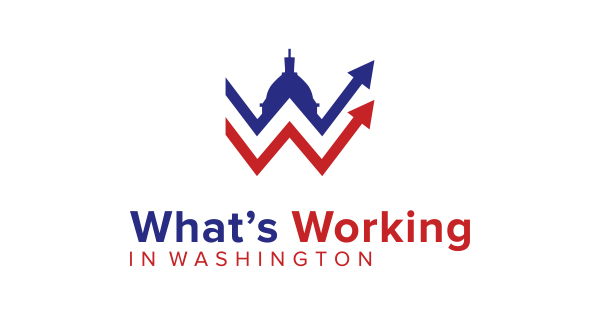3 Tips for Paying Down Holiday Debt
With the average person spending an estimated $1,284 on holiday purchases during the 2019 festivities, it’s likely that many consumers will be dealing with holiday debt as January progresses. While you can find lots of advice for paying down debt with a few internet searches, many of the best strategies can be boiled down to three basic tips.
-
Get Organized
The key to nearly any successful venture — paying down debt included — is to get organized. In terms of your finances, this means laying out all of your debts and making a note of who, for what, and how much you owe. You should also jot down any important details, such as minimum payment amounts and due dates.
Given that the quicker you pay off your debt, the less you’ll pay in interest fees, it can be beneficial to budget as much toward debt repayment as possible. The organization stage is a good time to evaluate your obligations and your income to determine how much you can reasonably afford to repay each month.
-
Prioritize Your Debts
Once you know what you owe, you can determine the repayment priority. For multiple debts, the most cost-effective organizational strategy is typically to pay off the debts with the highest interest rates first. This means focusing the bulk of your debt repayment budget on the debt with the highest APR, while making the minimum required payments for your other debts.
Once you’ve paid off the debt with the highest APR, move on to the debt with the second-highest rate. For each successive debt, you’ll have not only the amount you were putting toward the minimum required payment, but you’ll also be able to roll over the money you were putting toward the debts before it.
-
Reduce Your Interest Rates
In many cases, the worst part about taking on holiday debt is the interest you’ll likely have to pay on that debt. This can be especially true if your holiday debt is on a credit card (or cards) with a high interest rate. Thankfully, you may have a few options for reducing your interest rates to make repayment easier.
The first option is to contact your credit card issuer and simply ask for a reduction in your interest rate. If you have decent credit and a good history with the issuer, they may agree to an APR reduction.
If you can’t get a lower rate on your current card, you may want to consider transferring the debt to a new card with a lower APR. This can be especially helpful if you can qualify for an introductory 0% APR offer or a credit union card with a low ongoing APR. Keep an eye on the balance transfer fees, however, as they can be up to 5% of your total transfer amount.
Consolidating with a personal loan may also be an option, particularly if you can’t qualify for a low-APR credit card. Just make sure that the loan has a lower APR than you’re currently being charged; smaller community banks and credit unions often offer some of the lowest rates. Additionally, be sure to include extra fees, such as origination fees, in your calculations when determining what size loan to request.
About the Author: Adam West is the Managing Editor for BadCredit.org and CardRates.com, where he regularly coordinates with financial experts and industry movers and shakers to report the latest information, news, and advice on topics related to helping borrowers achieve greater financial literacy and improved credit scores.



